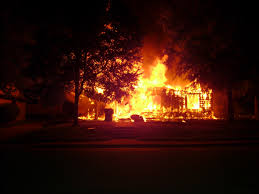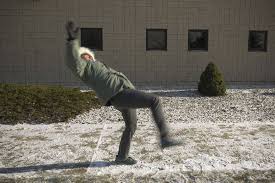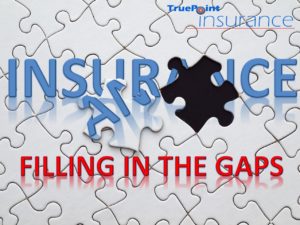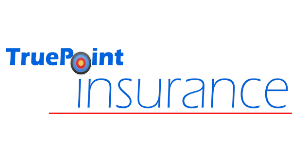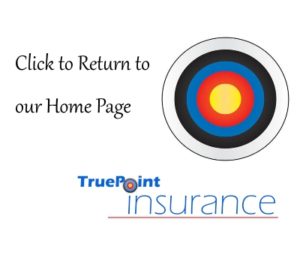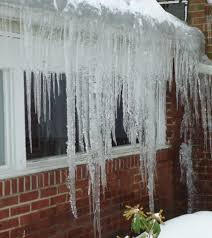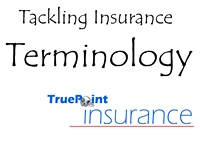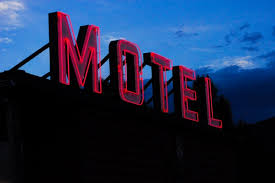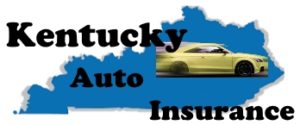
What are your least favorite things about the holidays? Don’t get me wrong, the period between Thanksgiving and New Year’s Day is a wonderful time of year. For many of us in Kentucky, the holiday period ranks right up there with Selection Sunday and the Final Four.
Despite the magic of the holiday season, there is often more Christmas Hassle than there is Cheer! My list of holiday hang-ups is pretty long:

   • Shopping
   • Too much Traffic
   • Shopping Malls
   • More Distractions
   • Parking to Shop
   • There is never enough time and    even less during the holidays
   • Shoppers that jaywalk
It’s no wonder that auto accidents increase during the holidays. The last-minute rush for gifts doesn’t mix well with the office parties serving too much holiday cheer.
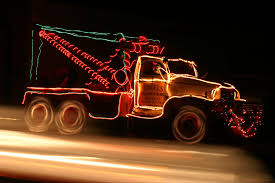
   • Drive Defensively
   • Avoid extra frustration
   • Manage stress
   • Stay on top changes in the weather
   • And don’t drink and drive
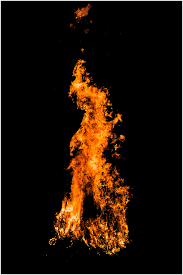
The holidays are also a bad time for home insurance claims. Recent statistics from the National Fire Protection Association show that:
   • there are 800 home fires each year due to holiday decorations
   • 23 home candle fires each day
     o Over half of all home decoration fires are started by candles
     o The three worst days for candle fires:
         Christmas
         New Year’s Day
         New Year’s Eve
   • There are 471 home fires each day as a result of cooking.
     o The leading cause, almost 1/3rd of all cooking-related fires are a    result of unattended cooking
     o Electric ranges have a higher risk than gas
   • Fireworks: Ten% of all fireworks-related fires occur during the days just before and after New Years
   • Christmas trees can be blamed for 170 home fires each year.
33% of all Christmas tree fires occur in January. How many days are you people leaving your Christmas trees up? There aren’t a lot of hard and fast New Year’s Day traditions at our house. Some years we have cooked cabbage, other years we had black-eyed peas. Cornbread, greens, pork and various other foods have made their way to our New Year’s Day table, all in hopes of good luck for the coming year.
But there is one tradition that we have observed every year that we have been married. The Christmas tree and other decorations come down. No discussion. I’ve seen others that suggest that January 5th or 6th is the proper day to take your tree down as that is the 12th day or the end of the celebration of the birth of Christ.
So if trees are coming down on the 5th or 6th of January how can 33% of all Christmas tree fires occur in January. I am sure that some of you are procrastinating, but I think that the high number of January fires is due to dry trees. Below are my thoughts on how to eliminate homeowner’s insurance claims related to Christmas trees:

- Obviously how long you leave your tree up impacts the risk of having a fire. But studies have indicated that you can significantly extend the fresh life of your tree by watering regularly. Daily versus weekly watering may double, triple, even quadruple the moisture content of a tree cut for two months. WATER, WATER, WATER, the more you WATER he longer your tree will remain fresh and safe.
- The most important advice to maintain a new Christmas tree is WATER. Water your tree daily my personal opinion is to avoid additives. Just Water. Tap water is fine. And never use the spay on tree fresheners.
- When you get home with your tree, cut an inch of the bottom to improve the tree’s ability to take up water.
- WATER your tree daily. One quart of water per inch your trees stem diameter
- Do not place your tree near a heat source.
- It is IMPORTANT TO WATER YOUR TREE DAILY
- Do not put your tree in an area that will expose the tree to changes in temperatures. Placing your tree to close to a door that is used regularly will lead to premature dring.
- Daily WATERING improves the trees moisture content which will increase the time your tree will be fresh and reduce fire risk.
- Turn lights off when you leave the room.
- BUT WATER the tree before you leave the room
- Keep the tree away from all open flames. Candles, fireplace, kitchen and other equipment that could increase the fire hazard.
- I WANT YOU TO UNDERSTAND THE IMPORTANCE OF WATERING YOUR TREE REGULARLY. WHEN I SAY REGULARLY, I AM STRONGLY SUGGESTING THAT YOU WATER YOUR TREE DAILY.
- Don’t remove the bark even to get the tree to fit in your stand. Buy a bigger stand.
- You don’t need a hole in the bottom of your tree to improve water absorption.
- Use low heat lights
- Don’t overload your circuits.
Great insurance is just the starting point for sound risk management. Taking the extra step to avoid risky situation further reduces your exposure to a financial loss. By reducing the number of car insurance claims and home insurance claims you should also be rewarded with more competitive insurance premiums in the future.

From all of us at TruePoint Insurance,
We wish you a safe and Merry Christmas
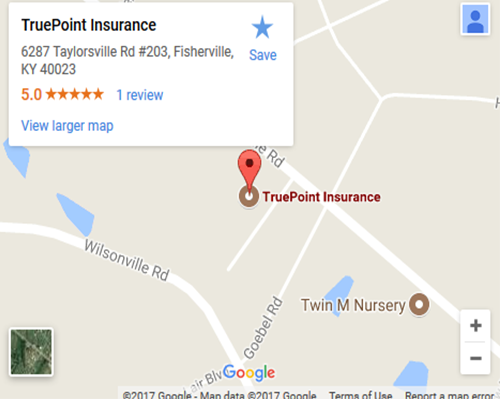
 Contact
Contact
 Email an Agent
Email an Agent

 Click to Call
Click to Call Get Directions
Get Directions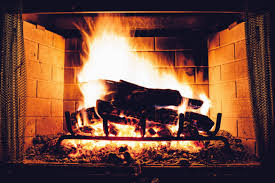 Firing Up A Hearty Loss
Firing Up A Hearty Loss